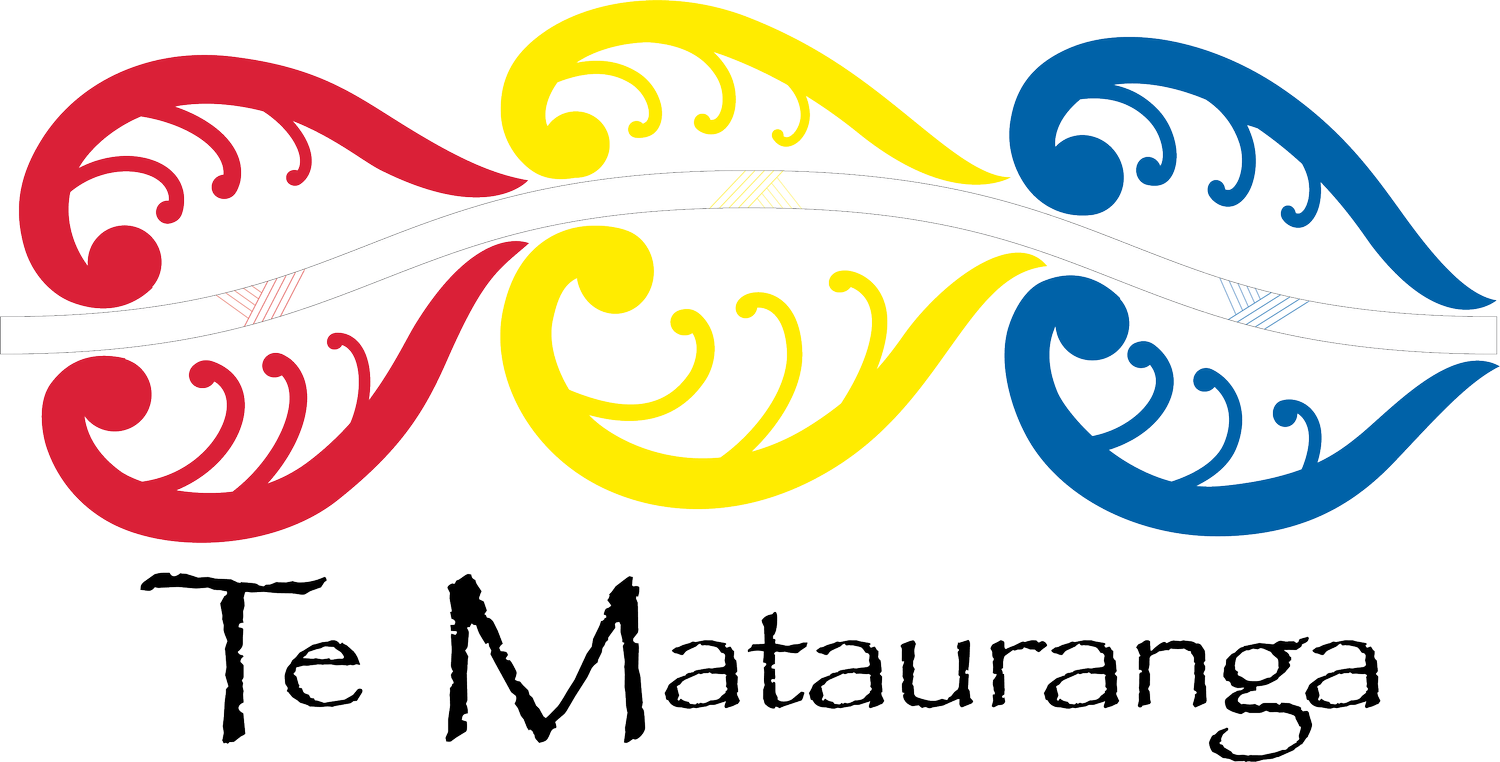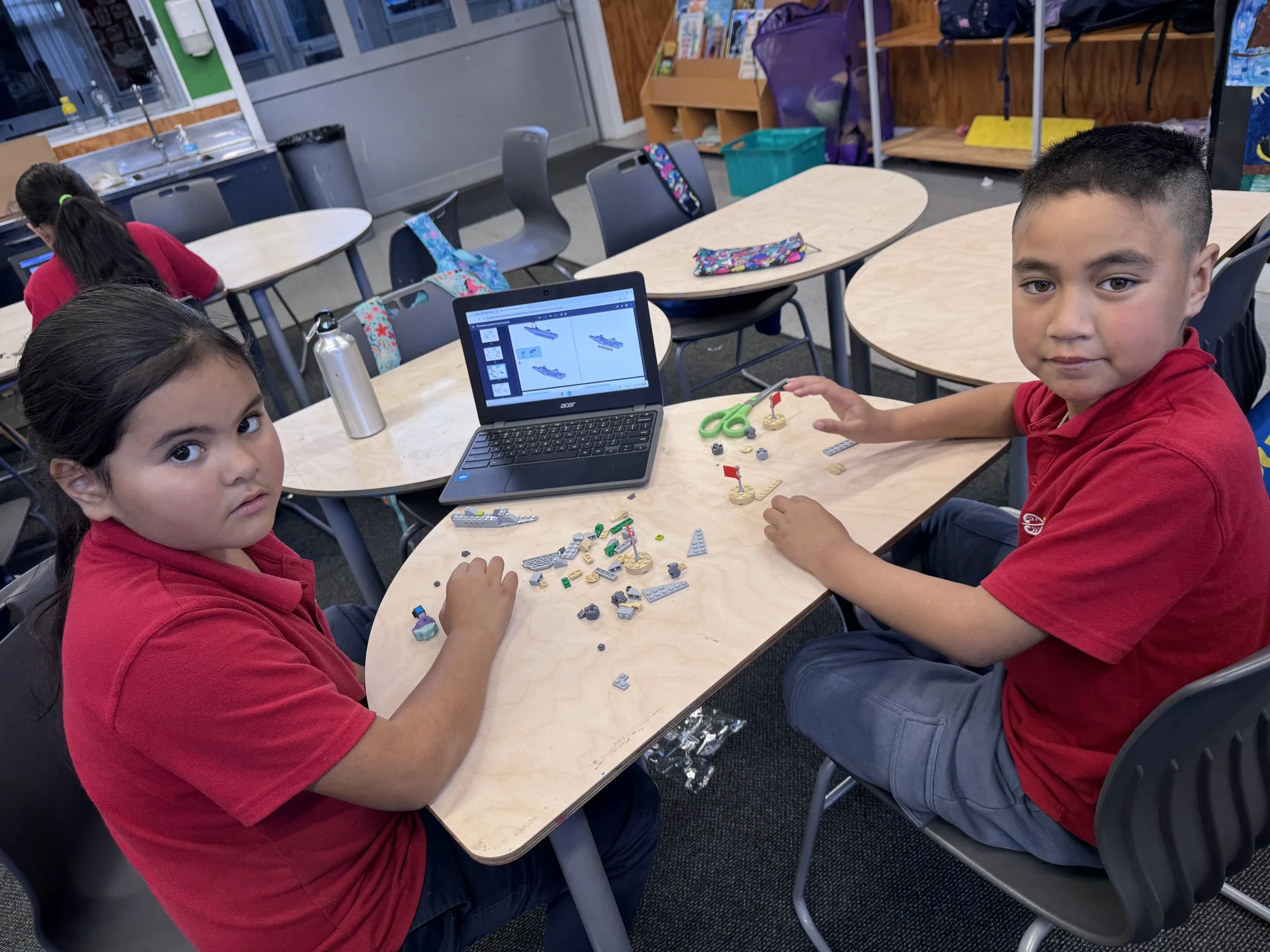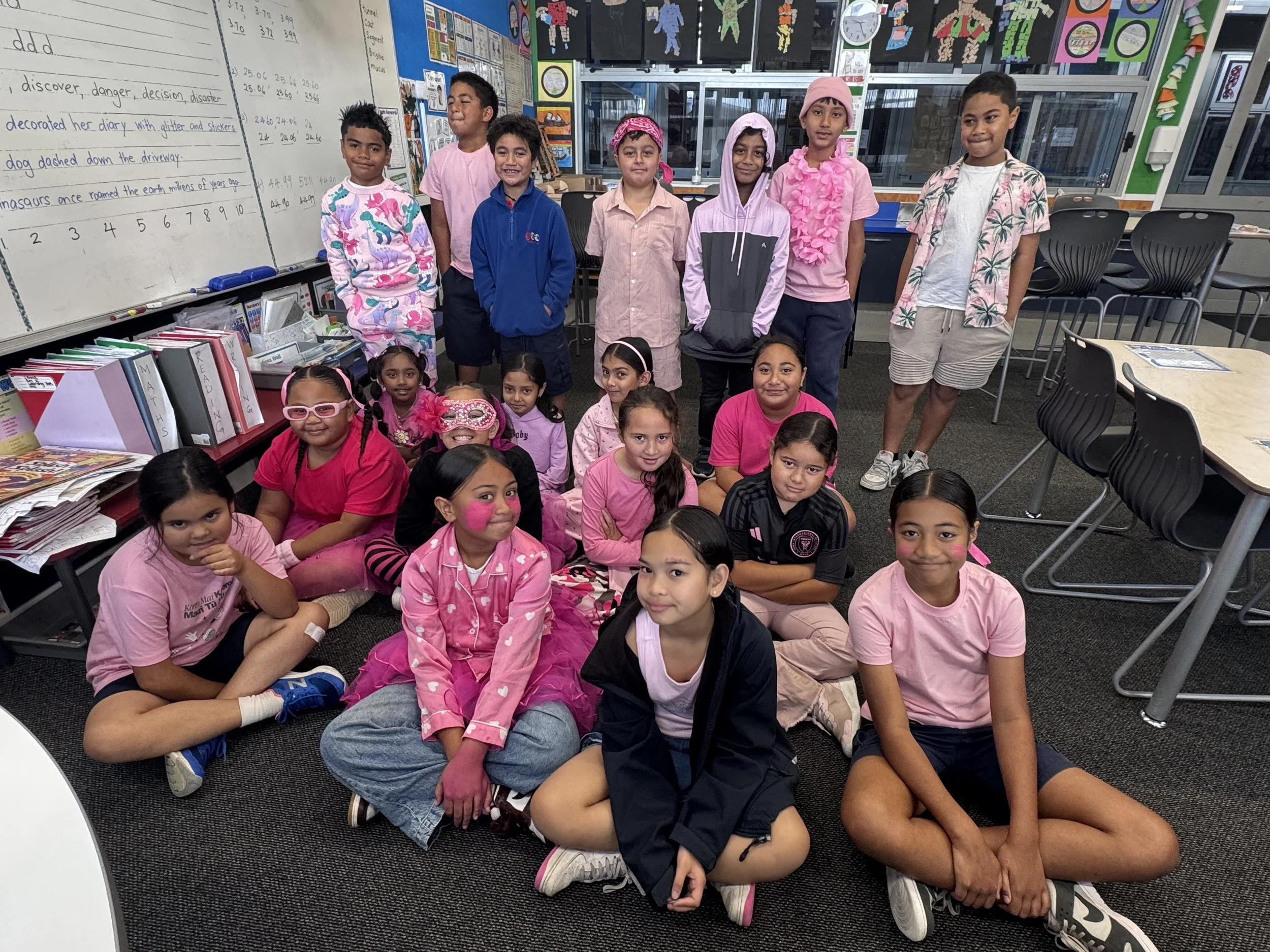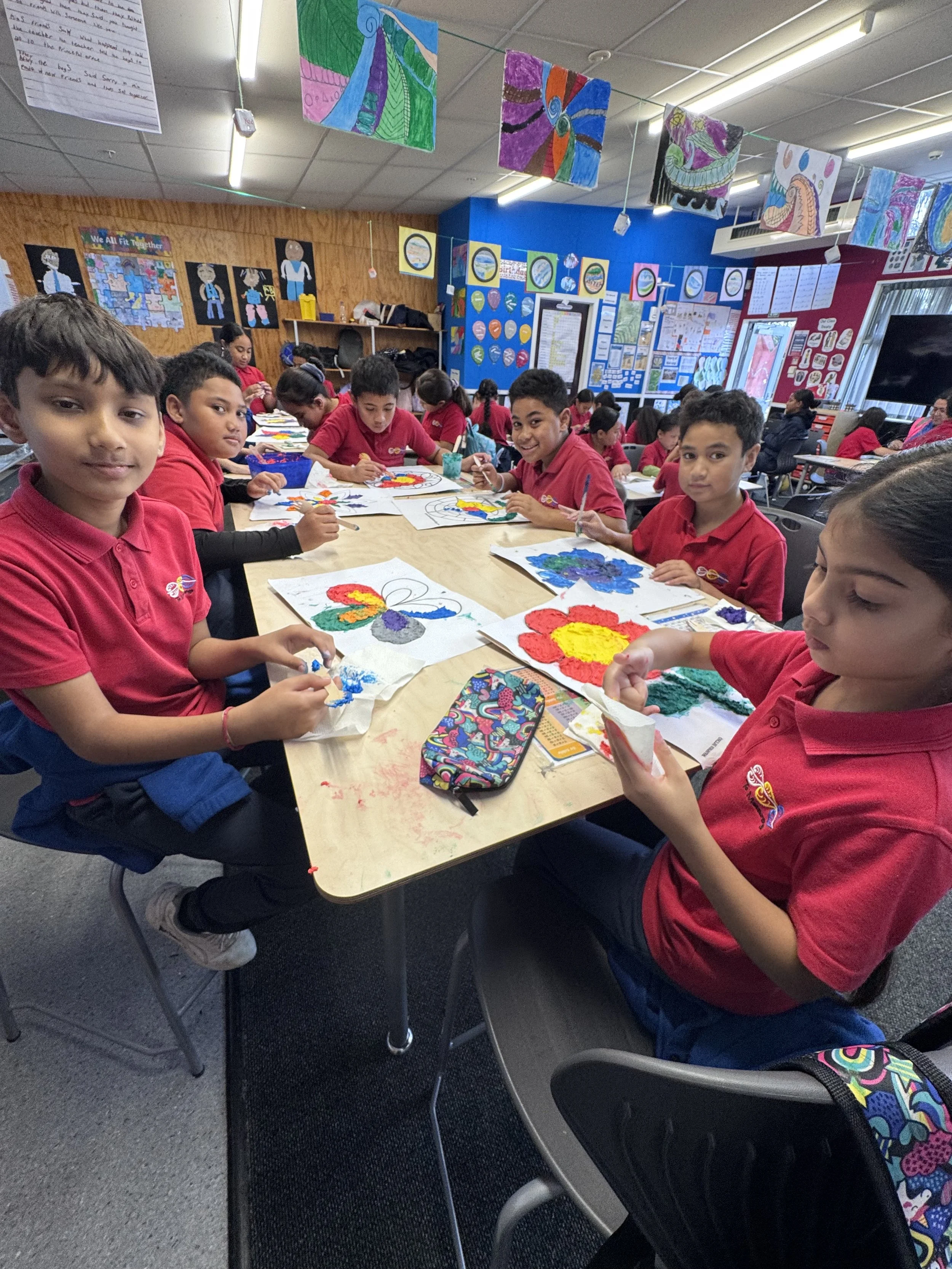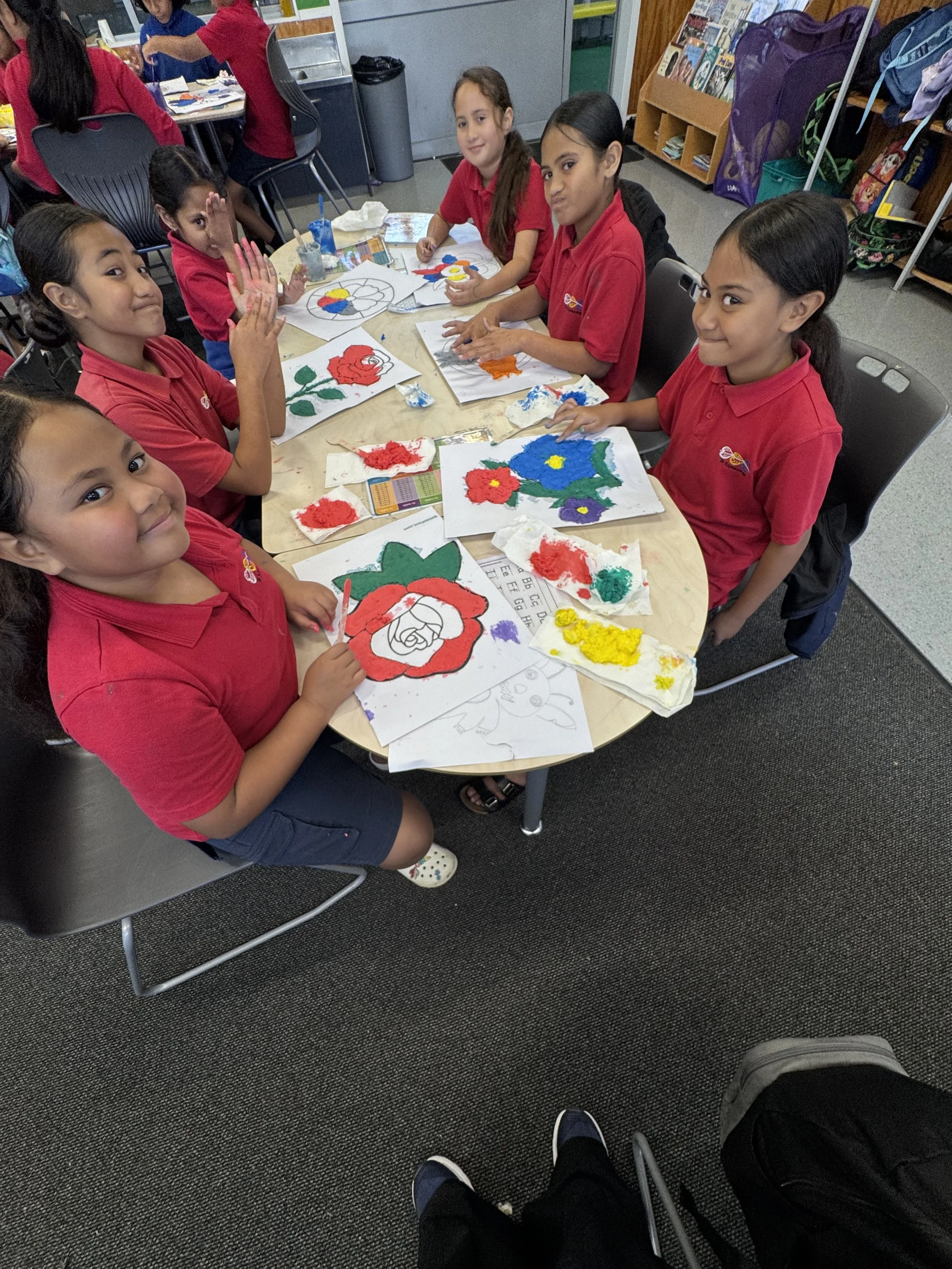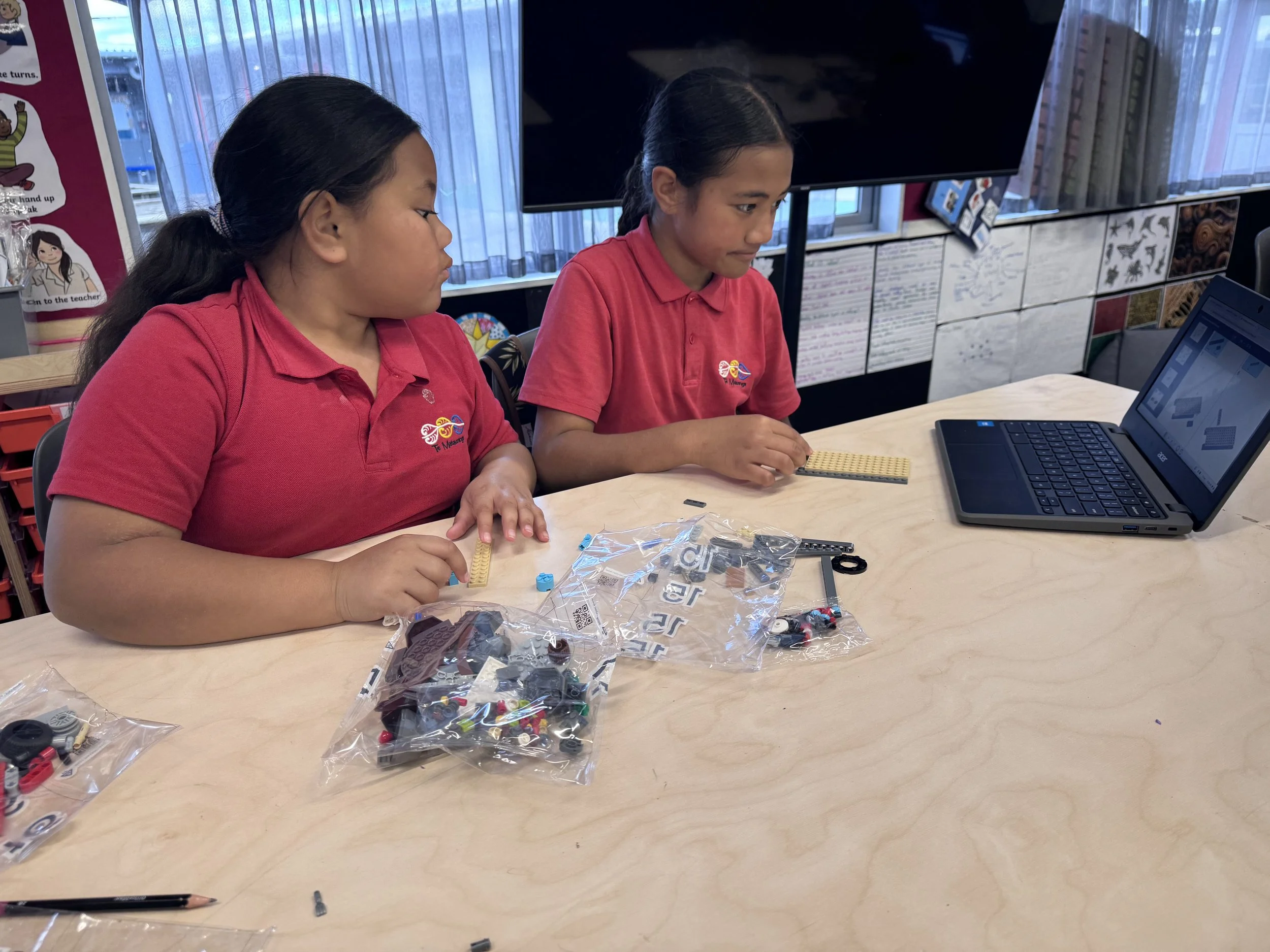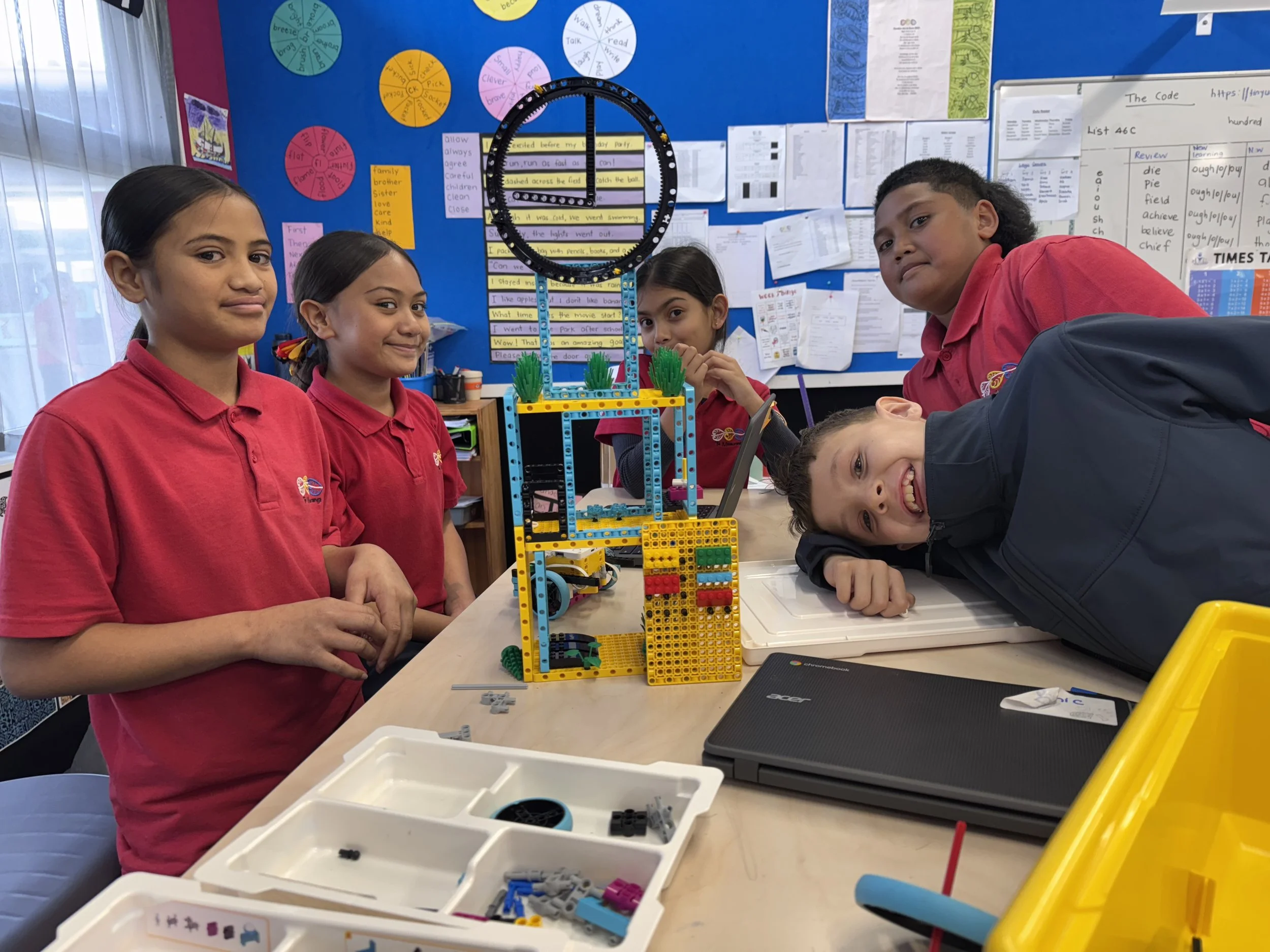· Overview- Maths
Weeks 1 – 3: Number (Decimals) and Algebra
· Divide whole numbers by 10 to make decimals.
· Add and subtract decimals to one decimal place (e.g., 1.3 + 0.2 = 1.5)
· Form and solve true or false number sentences and open number sentences.
· Divide whole numbers by 10 and 100 to make decimals.
· Add and subtract whole numbers and decimals to two decimal places (e.g., 32.55 – 21.21 = 11.34).
· Round tenths to the nearest whole number.
· Form and solve true or false number sentences and open number sentences.
· Week 4: Geometry (Position and Orientation) | Number (Fractions) | Measurement (Distance)
· Use grid references to identify regions and plot positions on a grid map.
· Interpret and describe pathways, including those involving half and quarter turns and the distance travelled.
· Interpret and create grid maps to plot positions and pathways, using grid references and directional language, including the four main compass points.
Week 5 – 7: Number (Fractions)
· Identify, read, write, represent, order and compare tenths as fractions and decimals and vice versa.
· For fractions with related denominators of 2, 4, and 8, 3 and 6, or 5 and 10: compare and order the fractions.
· Identify when two fractions are equivalent by directly comparing them, noticing the simplest form (e.g., 3/6 = 1/2).
· Convert (using number lines) between mixed numbers and improper fractions with denominators of 2, 3, 4, 5, 6, 8, and 10.
· Find a unit fraction of a whole number, using multiplication or division facts and where the answer is a whole number (e.g., 1/5 of 40)
· Identify the whole from a unit fraction.
· Add and subtract fractions with the same denominators to make one whole (e.g., 3/8 + 3/8 + 2/8 = 8/8 = 1)
Identify, read, write, represent compare, order, and convert tenths and hundredths as fractions and decimals and vice versa.
· For fractions with denominators of 2, 3, 4, 5, 6, 8, 10, 12, or 100: compare and order the fractions, identify when two fractions are equivalent.
· Convert between mixed numbers and improper fractions with denominators of up to 10
· Find a fraction of a whole number, using multiplication and division facts and where the answer is a whole number (e.g., 2/3 of 24)
· Identify, from a fractional part of a set, the whole set.
· Add and subtract fractions with the same denominators, including to make more than one whole.
Weeks 8 – 9: Statistics | Number
· Use the PPDAC cycle to conduct investigations involving categorical and discrete numerical data using different representaitons.
· Pose questions, plan for data collection, take into account ethical practices in data collection, check for errors, make statements, and compare situations.
· Explain and justify findings to others.
· Use the PPDAC cycle to conduct investigations involving categorical and discrete numerical data using different representaitons.
· Pose questions, plan for data collection, take into account ethical practices in data collection, check for errors and correct them if possible, make statements, and compare situations, improve statements by including data from two or more sources.
· Explain and justify their findings to others.
Term Two
Curriculum Indicators
Bottom of the rope time (Building Knowledge)
Reading
Written word recognition
New Teaching
List 34a- ea as 3 sounds
List 34b- ey as long vowel e
List 34c- ie as long vowel i
List 34d- oe as long vowel o
List 34e- ew as long vowel u
I am decoding multi-syllable words by applying my knowledge of the alphabetic code, morphology, and syllables
I am developing reading stamina and beginning to read longer texts
I can share my favorite books with others and listen to their recommendations
I am beginning to read year-level texts accurately and expressively, reflecting understanding of the text while maintaining a natural pace of reading, at oral-reading fluency rates appropriate for year 4 students with increasing confidence
Writing
Written word production
I can handwrite with increasing stamina and fluency while maintaining legibility
I can spell words (from last term learning) with:
soft c: <c> representing /s/
soft g: <g> representing /j/ (both usually followed by the letter e, i, or y)
I can spell contractions for phrases like we’ve, you’d, and they’ve correctly.
I can explain how and why I use an apostrophe to show singular possession in sentences (e.g., the boy’s hat).
Top of the rope time (Make Meaning & Applying Understanding)
Reading
Language Comprehension
I can use prefixes (e.g., un- in unhappy) and suffixes (e.g., -ful in joyful) to work out the meaning of words.
I can explain how adding a prefix or suffix changes the meaning of a word (e.g., kind to unkind).
I can identify who a text is written for, like children, adults, or specific groups of people.
I can explain why the purpose of a text (to entertain, inform, or persuade) fits its audience.
I can identify the structure of a text, like if it is a story, a list, or a set of instructions, and explain how it is organized.
I can explain how text features like captions, glossaries, or charts help to share ideas.
I can explore how literal and figurative language is used to make writing more interesting or clear.
I can reread parts of a text if I don’t understand something the first time
I can put the key details in order to show how they support the main idea or message
I can use both stated and implied information to explain my predictions about a story or text.
Reading
Critical Analysis
I can explain the perspective (opinion or viewpoint) the text is showing about a group of people.
I can talk about how words and visual features, like image size or captions, show this perspective clearly
I can make connections between ideas in the same text and explain how they are linked.
I can compare texts by finding similarities and differences in their ideas or messages.
I can explain my personal thoughts and feelings about a text and listen to others’ opinions.
Writing
Language Expression
I can expand sentences by adding adverbial phrases (e.g., in the morning, on the playground).
I can combine sentences orally by inserting phrases and moving them to different positions (e.g., In the morning, I played football).
I can use commas correctly when adding a phrase to the beginning of a sentence (e.g., After lunch, we went outside).
I can plan my writing with the audience in mind, choosing a genre and words that suit the purpose (e.g., using formal language for a report or exciting words for a story).
I can explain why my writing choices help communicate my message to the audience.
I can organise my story into short paragraphs for different events or ideas (entertain).
I can use dialogue in my story to show what characters are saying, with some support for punctuation (entertain).
I can include a plan and action to show how the characters solve the problem or reach their purpose (entertain).
I can use linking words like also, and, another to connect my ideas and make my writing flow (inform).
I can begin to use topic-related words to explain my ideas clearly (inform).
I can organise my writing into paragraphs, with each paragraph focusing on one reason for my opinion (persuade).
I can use linking words like because and also to connect my opinion with my reasons (persuade).
I can use phrases to explain when something happens (e.g., in the morning, after lunch).
I can use phrases to explain where something happens (e.g., on the playground, in the garden).
I can use onomatopoeia to show sounds in my writing (e.g., bang, splash, buzz).
I can write similes and start using metaphors to describe things creatively (e.g., The clouds were fluffy pillows).
